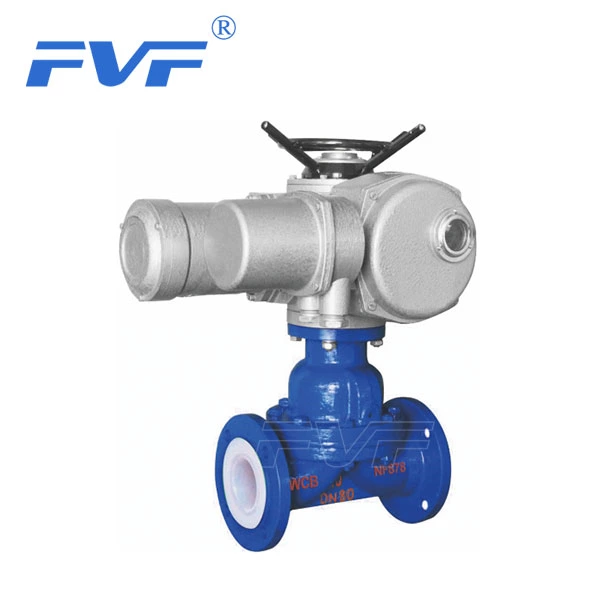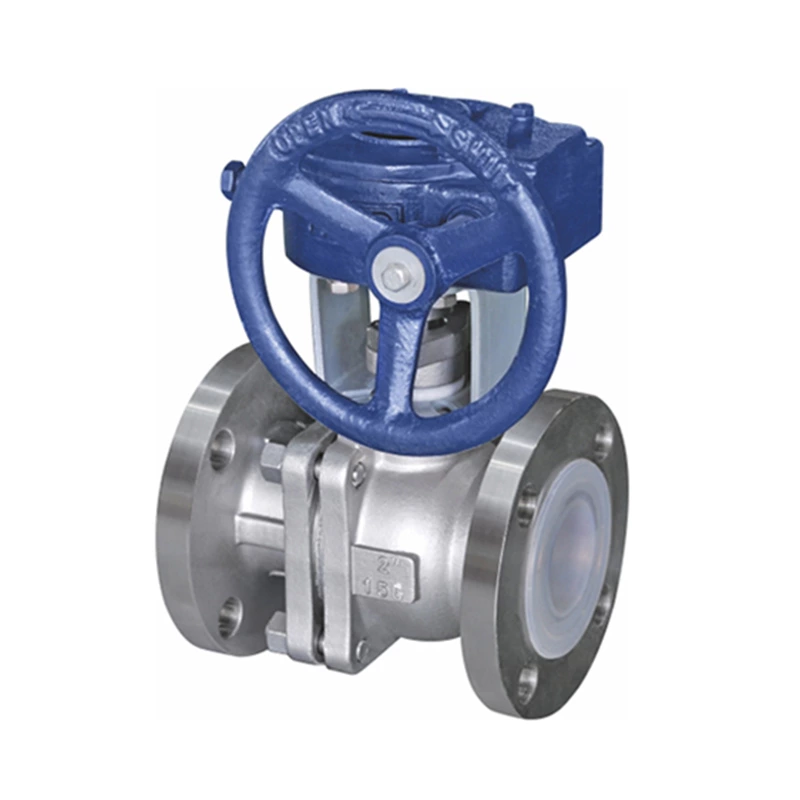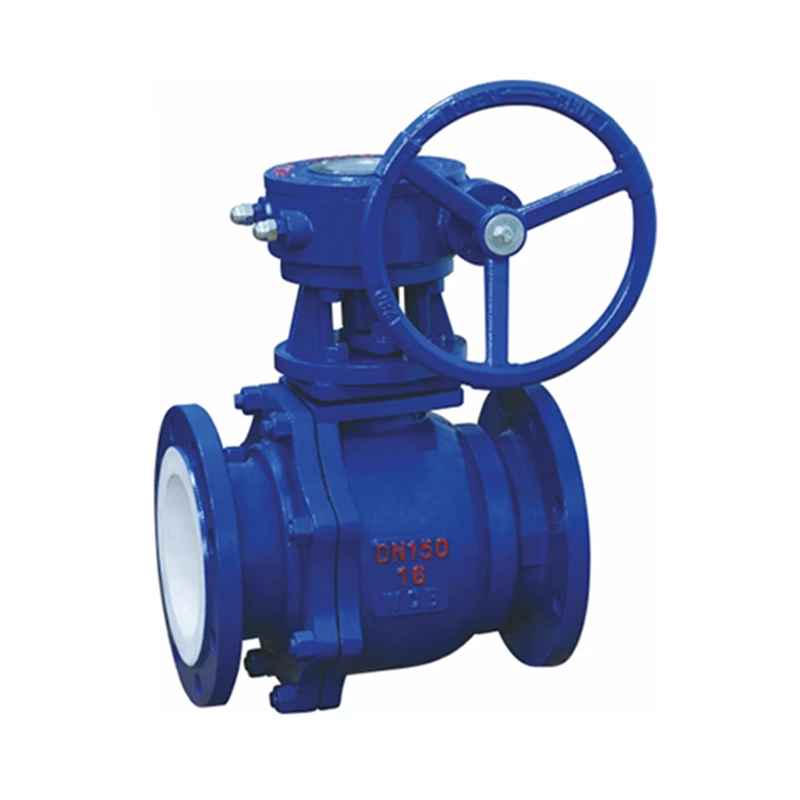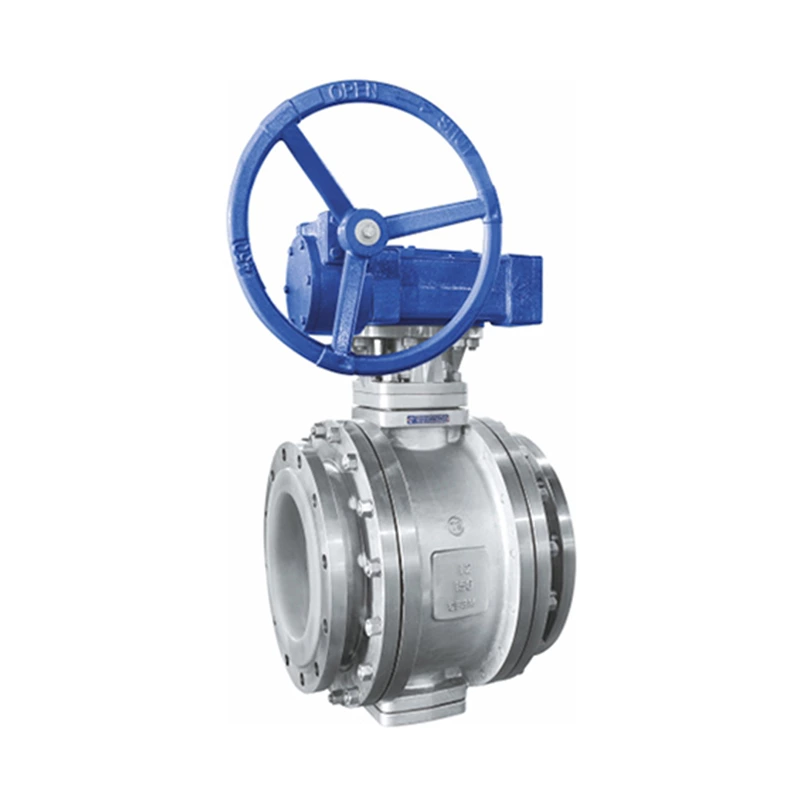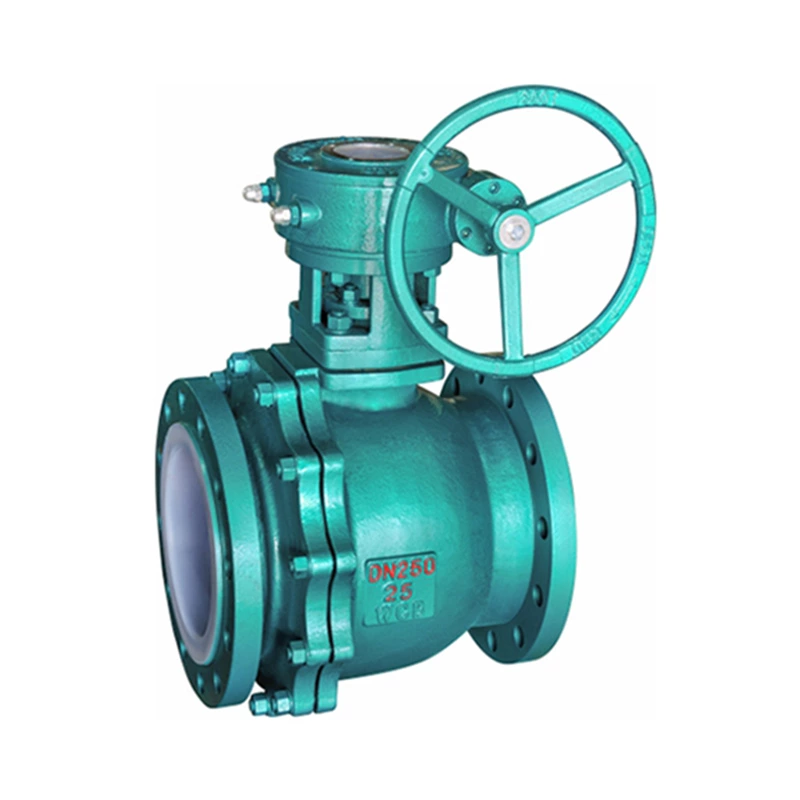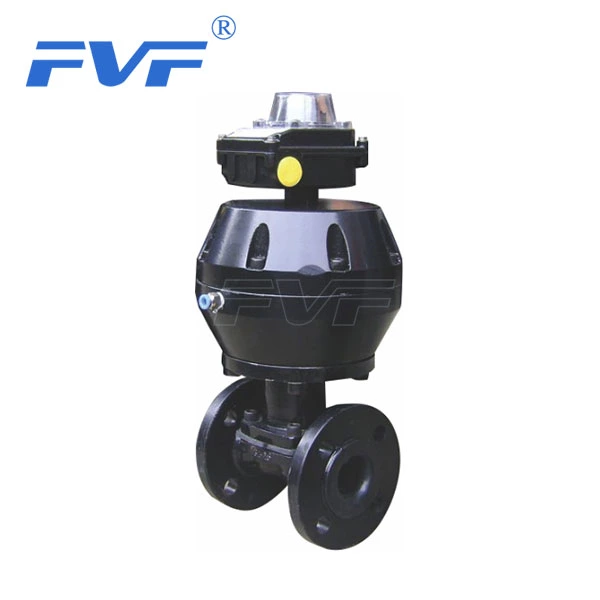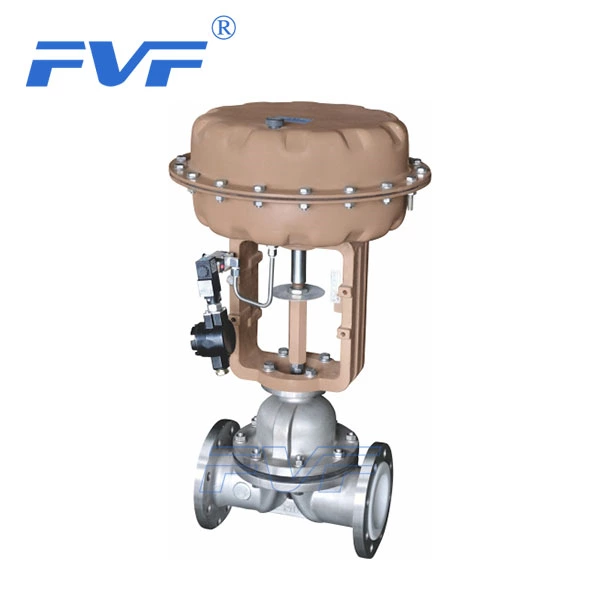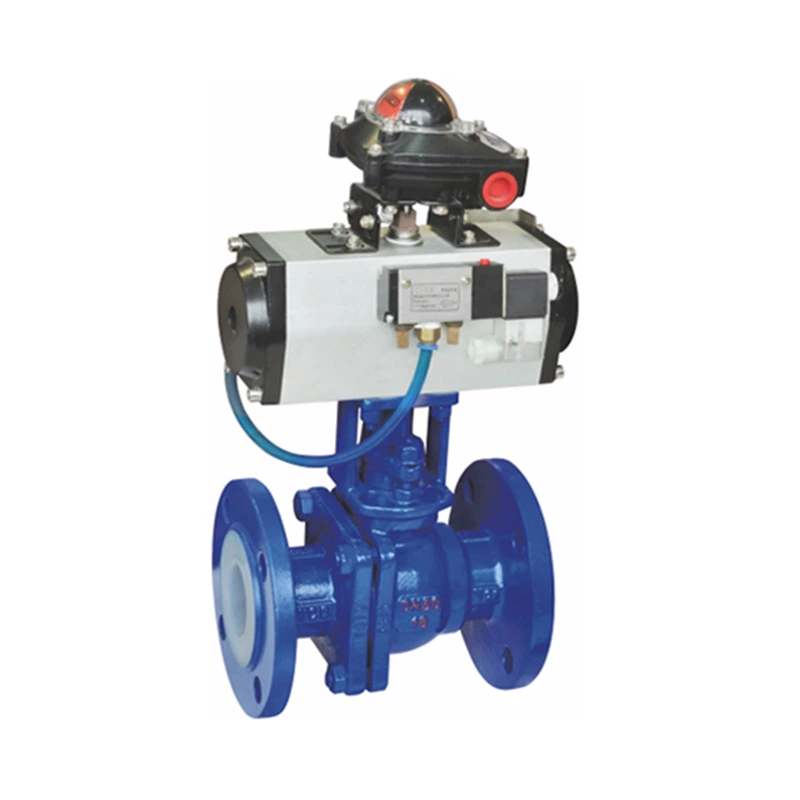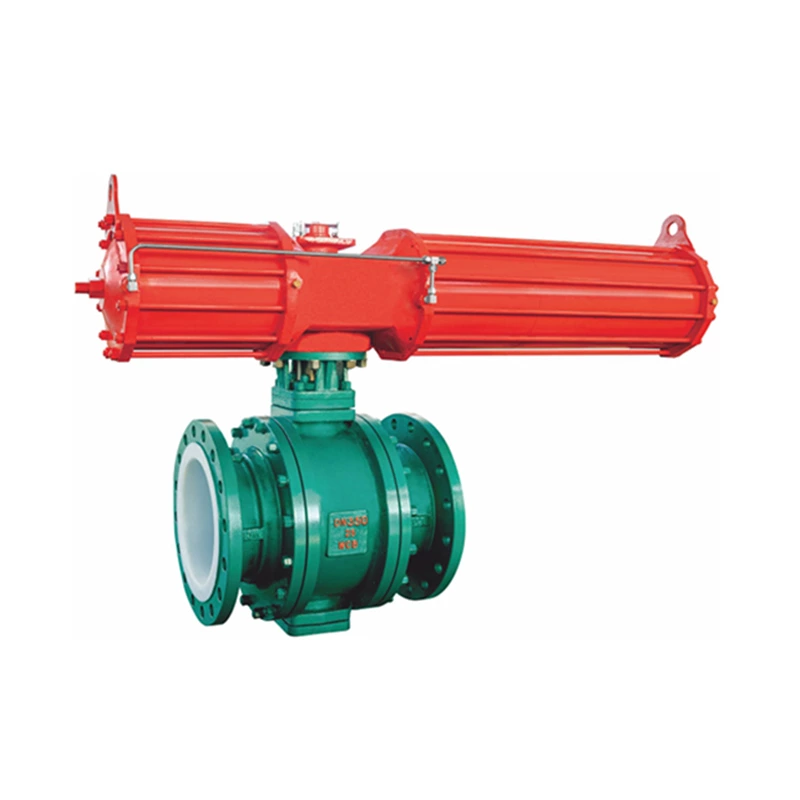Application And Precautions Of Fluorine-lined Anti-corrosion Valves
Lined Valve Application Notes
The price of fluorine-lined anti-corrosion valves is much lower than that of corrosion-resistant stainless steel valves and Hastelloy valves. Some metal valves with strong corrosive media cannot be used, only fluorine-lined valves can be used. However, fluorine-lined valves must be used appropriately, and attention should be paid to several technical conditions such as application pressure and temperature, as explained below:
(1) Medium temperature used by fluorine-lined anti-corrosion valves: All types of fluorine-lined valves of Shangyu Group Co., Ltd. use fluoroplastic F46 (FEP), and the medium temperature used cannot exceed 150℃ (the medium temperature can reach 150℃ for a short time, and the long-term use temperature should be around 120℃). Otherwise, the F46 lining of the valve components is easy to soften and deform, resulting in the valve not being able to close tightly and large leakage.
If the medium temperature used by the user is below 180℃ for a short time and below 150℃ for a long time, another fluoroplastic PFA can be selected, but the price of PFA fluoroplastic is relatively expensive, so you should ask for a price in advance when matching.
(2) Do not have negative pressure. Fluorine-lined plastic valves should avoid negative pressure in the pipes used. If there is negative pressure, the fluoroplastic lining layer in the inner cavity of the valve is easily sucked out (bulged) and peeled off, causing the valve to fail to open or close.
(3) Pressure and pressure difference should be controlled within the allowable range. Especially for fluoroplastic-lined control valves and stop valves sealed with bellows. Because the bellows are made of PTFE material, high pressure and high pressure difference can easily cause the bellows to rupture.
For fluoroplastic-lined control valves sealed with bellows, if the pressure and pressure difference are high, they can be replaced with PTFE packing seals.
(4) The medium used by fluoroplastic valves should not contain hard particles, crystals, impurities, etc., so as to avoid the fluoroplastic lining layer or PTFE bellows of the valve core and valve seat being worn during the operation of opening and closing. For media with hard particles, crystals, and impurities, the valve core and valve seat can be replaced with Hastelloy when selecting, but a separate quotation is required.
(5) The diameter size of the fluoroplastic-lined control valve should be correctly selected according to the required flow rate (CV value). When selecting, the valve opening degree and the selected valve diameter should be calculated according to the required
flow (CV value) and other technical parameters. If the valve diameter is too large, the valve will inevitably operate at a small opening degree for a long time. In addition to the pressure of the medium, it is easy for the valve to be impacted by the medium and vibrate. The valve stem may even break under the impact and vibration of the medium for a long time.
When matching (selecting) various types of fluorine-lined valves, users should try their best to understand and master the technical conditions for use, so as to select and use them well and increase the service life of the valve.
When encountering a situation that exceeds the user's technical conditions, it should be raised to the manufacturer for discussion.
